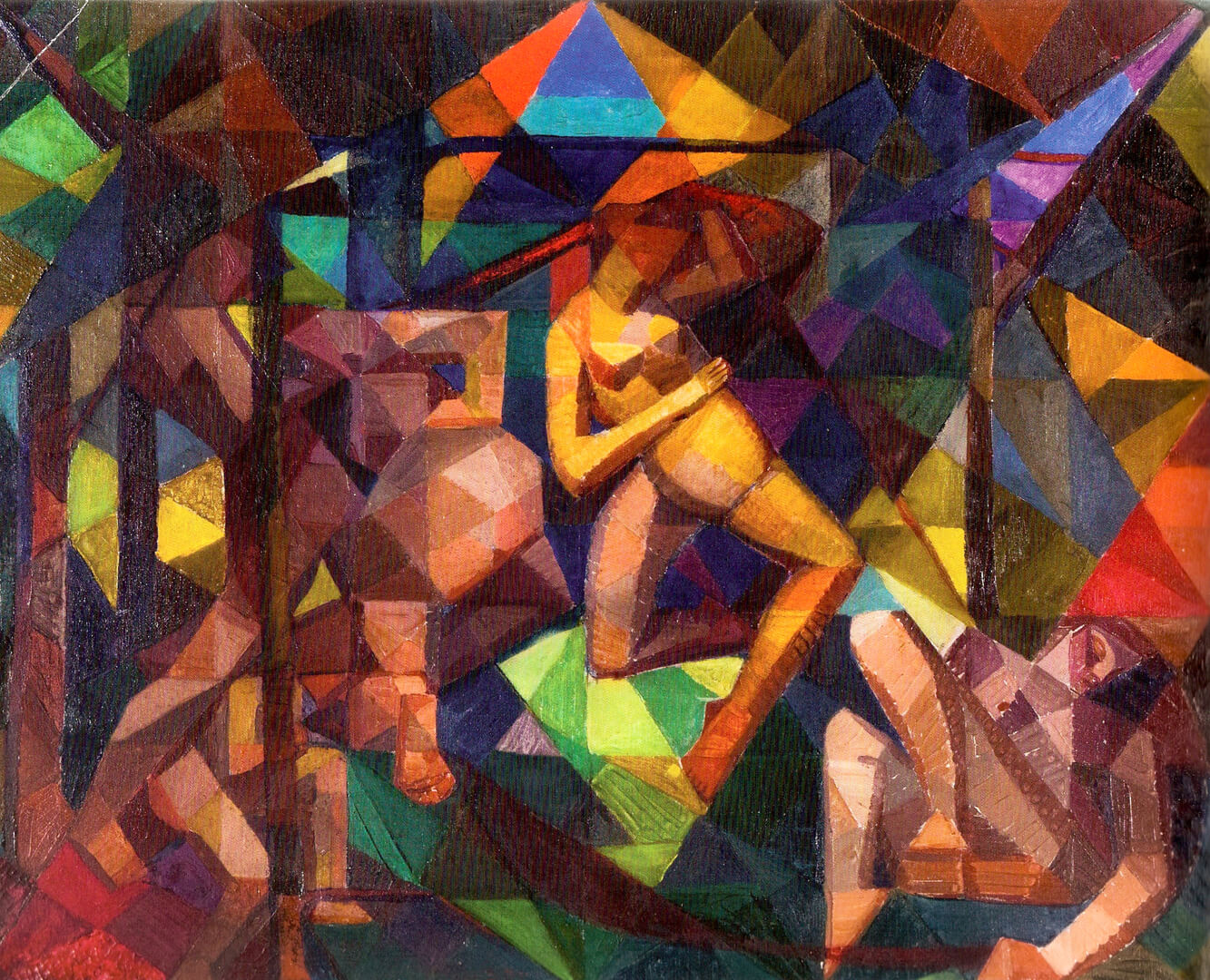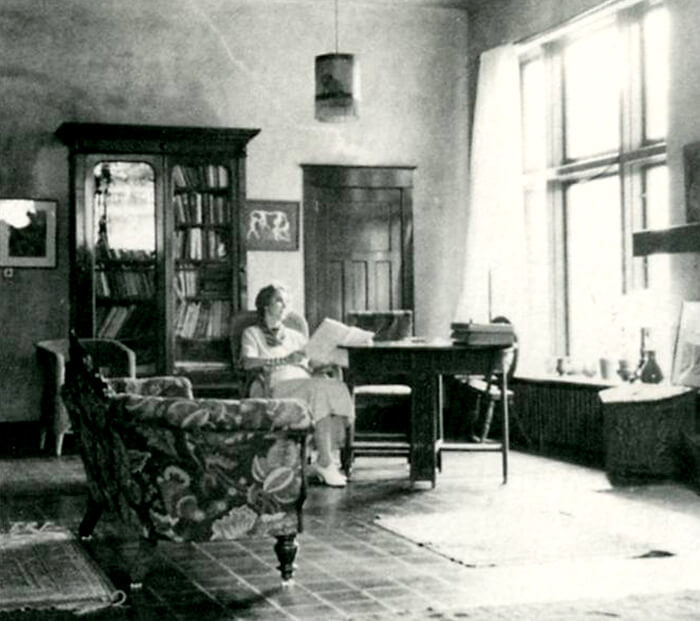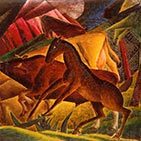The Dance c. 1923

Kathleen Munn, The Dance, c. 1923
Oil on canvas, 61 x 76.2 cm
Private collection
One of Munn’s most accomplished paintings, The Dance includes five stylized female nudes, each in a dynamic pose built out of triangles of colour. The work reflects the influence of Synchromism. Munn’s choice to take on classic imagery made famous by such European giants as Edgar Degas (1834–1917) and Henri Matisse (1869–1954) demonstrates how she confidently set her artistic ambitions within the international modern art movement. Notably, a print of Matisse’s Dance (I), 1909, hung in Munn’s studio.


This work demonstrates how, by the early 1920s, Kathleen Munn had refined her experimentations with colour to achieve a rhythm and composition akin to musicality, an attribute much sought after by artists engaged with abstraction. Importantly, around this time she declared in her notebook that “the outworn beauty is the beauty of mere appearances. The new beauty is the beauty of principles. Not the world aspect but the world order.” Such ideas framed her artistic vision and inspired the scope of her mature work: the sustained investigation of the idealized human figure. Significantly, Munn chose the human figure above all other subjects in her search of “new beauty.”
Munn exhibited The Dance at the annual exhibition of the Royal Canadian Academy of Arts in 1923. It stood out dramatically from other paintings: the Mail and Empire critic described it as “unique” and a “futuristic painting with a cubist suggestion.” Although noted and appreciated, The Dance was not fully understood at the time. Reviewer Newton MacTavish suggested that “Miss Munn ought to be on hand to explain her art theories for she must have them.”
Munn rarely titled and dated her work. This painting’s exhibition history, however, allows scholars to date it and other paintings and thus better understand Munn’s development as an artist.

 About the Author
About the Author
 More Online Art Books
More Online Art Books
 Acknowledgements
Acknowledgements